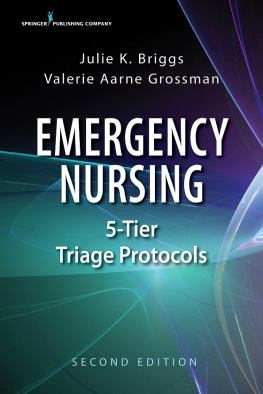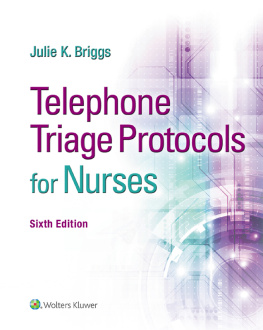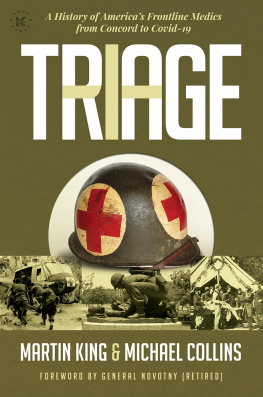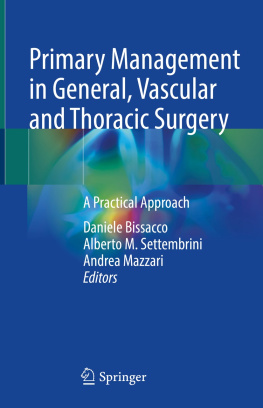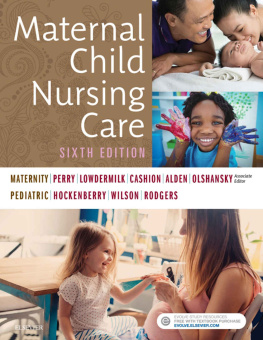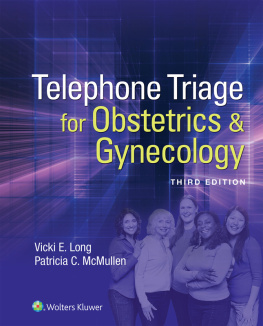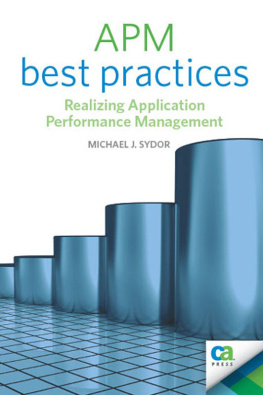Julie K. Briggs - Emergency Nursing 5-Tier Triage Protocols
Here you can read online Julie K. Briggs - Emergency Nursing 5-Tier Triage Protocols full text of the book (entire story) in english for free. Download pdf and epub, get meaning, cover and reviews about this ebook. City: New York, year: 2019, publisher: Springer Publishing Company, genre: Science. Description of the work, (preface) as well as reviews are available. Best literature library LitArk.com created for fans of good reading and offers a wide selection of genres:
Romance novel
Science fiction
Adventure
Detective
Science
History
Home and family
Prose
Art
Politics
Computer
Non-fiction
Religion
Business
Children
Humor
Choose a favorite category and find really read worthwhile books. Enjoy immersion in the world of imagination, feel the emotions of the characters or learn something new for yourself, make an fascinating discovery.
- Book:Emergency Nursing 5-Tier Triage Protocols
- Author:
- Publisher:Springer Publishing Company
- Genre:
- Year:2019
- City:New York
- Rating:4 / 5
- Favourites:Add to favourites
- Your mark:
Emergency Nursing 5-Tier Triage Protocols: summary, description and annotation
We offer to read an annotation, description, summary or preface (depends on what the author of the book "Emergency Nursing 5-Tier Triage Protocols" wrote himself). If you haven't found the necessary information about the book — write in the comments, we will try to find it.
The authors not only encourage data gathering, they emphasize the qualities of personal interactions, courtesy and sensitivity, and consideration to upgrade triage category when history is hampered by youth, age, impairment of faculties, or language ability that might otherwise conceal potential problems. Appropriate treatments to initiate at triage are indicated where needed. This book puts forward a practical way of coming back to basics and helps categorize priority for patients. As an educator or manager, I would feel confident that, with it, my nurses are being prepared to make safe decisions with an accurate program that reflects current thinking in triage strategy.
-Tom Trimble, RN, CEN, BA, ASN, AA
Editor and Publisher
Emergency Nursing World
This critical-thinking blueprint for the triage nurse delivers essential knowledge for accurate decision-making in emergency triage situations. Formatted to provide easily accessible and retrievable information, the manual facilitates rapid recognition and understanding of acuity levels and their application to patient care. The newly updated second edition reflects current health conditions and scenarios in EDs, urgent care centers, offices, and first aid centers, both domestic and international. It contains important new information on program development, training, and quality management along with useful tips and tools. Completely new protocols, additional case studies, and quality management guidelines and tools further add to the merit of the second edition.
The resource addresses a wide range of both adult and pediatric conditions that are system-based and listed in alphabetical order. Each protocol has been developed to ensure accuracy and consistency, regardless of which 5-tier triage system is in use. Abundant case studies and multiple appendices provide additional information to support the protocols, broadening the nurses scope of knowledge and prompting in-depth examination of potentially lethal conditions. Additionally, appendices contain valuable training materials for program development, training, and quality management tips and tools.
New to the Second Edition:
- Updated protocols reflecting current health conditions/situations in EDs, urgent care centers, offices, and first aid centers
- Important new information on program development, training, and quality management tips and tools
- Additional material including mass casualty, exposure (biological, chemical, disease), military care, infections (isolation concerns), behavioral issues (violence), and narcotic overdose
- New case studies
- Developing a triage program
- Quality management guidelines and tools
Key Features:
- Facilitates consistency in triage decisions among different nurses
- Uses health care resources appropriately and efficiently
- Sets minimum expectations for triage decisions
- Guides nurses in asking the right questions, determining how soon the patient must be seen, and interventions to consider
- Serves as a valuable reference for both new and experienced nurses
- Serves as a training tool in orientation
Julie K. Briggs: author's other books
Who wrote Emergency Nursing 5-Tier Triage Protocols? Find out the surname, the name of the author of the book and a list of all author's works by series.

